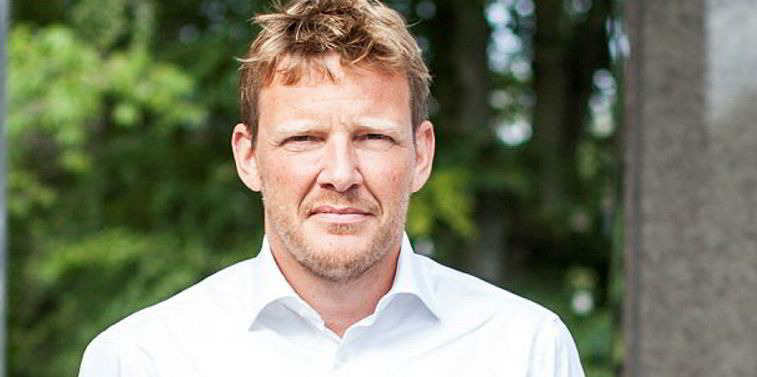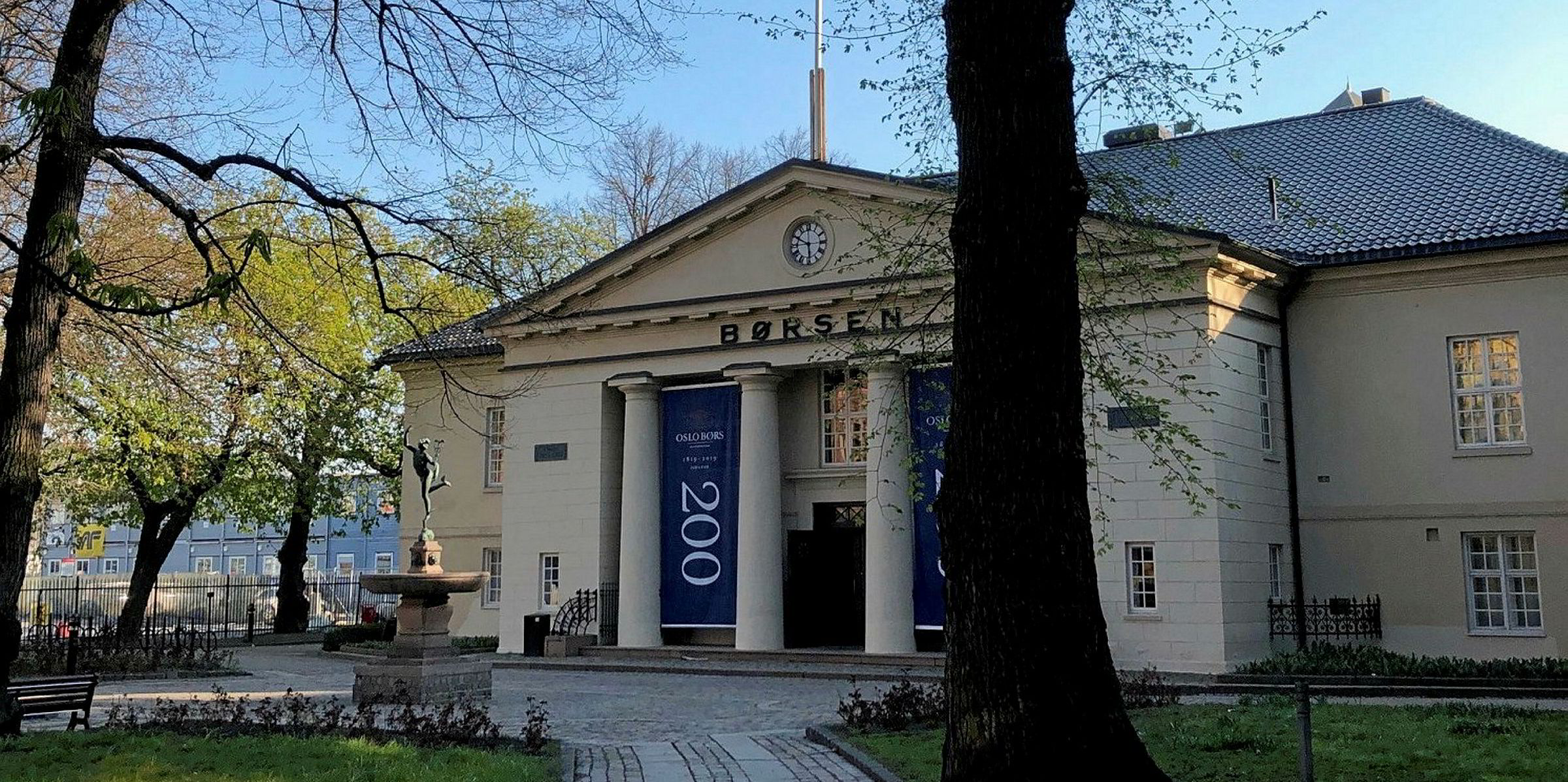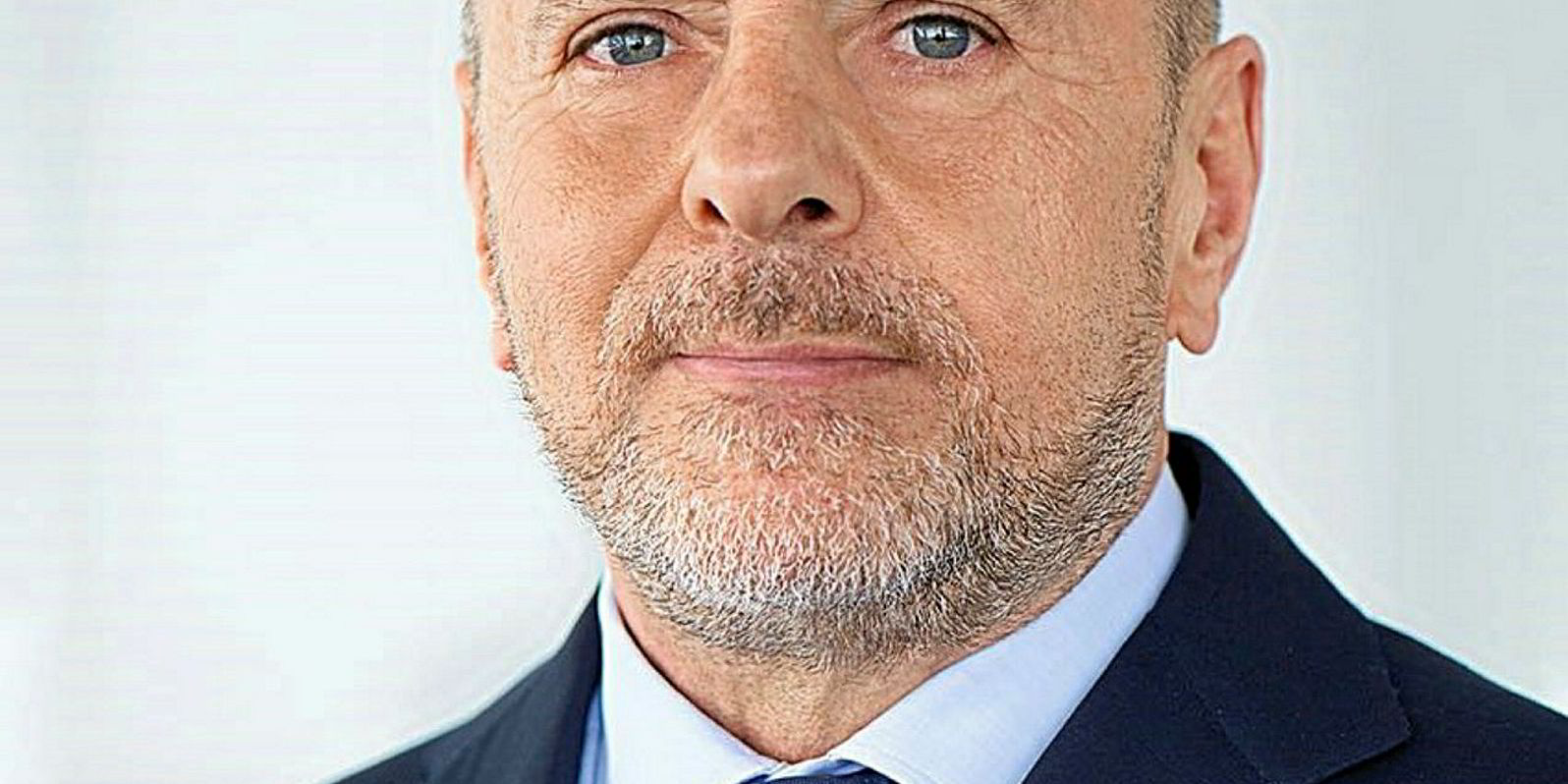Oslo proved to be a true capital city last year, with shipping companies raising $1bn from investors across the four exchanges in the Norwegian system.
That placed it behind only New York in the global standings in terms of where new publicly traded shipping capital was secured, according to Clarksons.
While the full $1.53bn that shipowners raised in New York in 2018 went into the bank accounts of already listed companies, Oslo continues to be a preferred location for firms turning to the public markets for the first time.
No shipowner has floated directly on the main board in Oslo since 2015, but the over-the-counter, Merkur and Axess platforms provide multiple entry points to the system.
“Our experience with the Norwegian capital markets has been very positive,” says Aristides Alafouzos, chief operating officer of Okeanis Eco Tankers, which was listed on the Merkur Market last summer and has since graduated to the Oslo Axess.

“Oslo is a one-stop shop for any shipping company looking to access the capital markets. The Norwegian capital markets’ participants are knowledgeable, its institutions are transparent and helpful, and the processes required to gain entry are straightforward and designed with efficiency in mind.
“Norway has cultivated a truly impressive capital markets ecosystem around the core business of shipping.”
Kristian Morch, chief executive of Odfjell, says the company is happy with its listing on the Oslo Stock Exchange. “It also allows us to use the bond market,” he adds. “When you have an equity listing, that gives more comfort to bondholders in terms of governance and reporting and everything else.”
More than one-third of the global fleet by gross tonnes is now owned by the world’s 499 public shipowners, according to Clarksons.
The New York Stock Exchange remains top of the list, hosting companies with more than 2,000 ships, ahead of Tokyo and Shanghai in terms of owned vessels and fleet capacity.
Oslo ranks fourth, with more than 500 ships of a combined 40 million gt owned by companies floated there, Clarksons figures show.
New York is a relatively closed shop to new companies, with no shipping initial public offering since 2015. At the same time, with Tokyo’s and Shanghai’s figures distorted by a few large companies, some believe Oslo should be considered the world’s premier capital market for shipping.
“Absolutely, 100%,” says Eirik Haavaldsen, head of research at Pareto Securities. “Investors are more educated, and hopefully the analyst community is also more plugged in.”

Inger Klemp is chief financial officer of New York and Oslo-listed Frontline. She says that although US investors are more “on and off” than those in Norway, New York remains number one in her view.
However, she believes Norway has some advantages. “Shipping is all about timing and the Norwegian capital markets allow a quicker and more document-light process from initiation to completion of a capital raise,” she says.
Fredrik Falch, who leads the corporate finance team at Arctic Securities, believes the secret of Oslo’s success as a capital market for shipping is three-fold.
A flexible, cost-efficient system hastens speed to market, allowing shipowners to take advantage of market windows, he says. In addition, given the majority of shipping issues are below the $300m mark, they tend to gain more attention in Oslo than the US, where they must compete with much larger tickets.
“Finally, the capital markets community in Norway is built around maritime industries. This is our bread and butter, and the Norwegian investment banks and brokers are highly regarded for [their] capabilities both on the research, brokerage and investment banking side,” he adds.
In the two weeks before Nor-Shipping, Oslo has seen a rush of activity, with Arne Fredly’s Hunter Group, Tor Olav Troim’s 2020 Bulkers and Frode Teigen’s Belships all raising capital.
Jorgen Heszlein, managing director of corporate finance and head of shipping at Danske Bank, says Norway has a more stable investor base that retains an interest in shipping throughout the cycle, helped by the nation’s long maritime history. “This includes the multiple family offices and high-net-worth individuals, many of whose capital stems from shipping in the first place,” he says.
According to Heszlein, while some US investors are also consistently involved in shipping, they are in the minority. By contrast, the Norwegian capital markets system has evolved to suit the quirks of the industry, and it is “front and centre” in the minds of local investors, who need to have a view on shipping through the cycle.
“The knowledge in the investor community is high on both sides, but maybe the Oslo community is more fond of shipping and more used to the cycles,” Haavaldsen adds. “[They are] less focused on current [last-quarter] earnings, and more on the potential 12 to 18 months down the road.”
Oslo is likely to remain the go-to system for shipowners seeking fresh capital while markets struggle, experts agree. However, if key markets start to spike, the picture is likely to change.
“Should the large segments like tankers and LNG continue their recovery, we may very well see the US market retaking the throne, as Norway can never match the US on the breadth and depth of capital sources, nor of financial products and solutions available,” Heszlein says.






